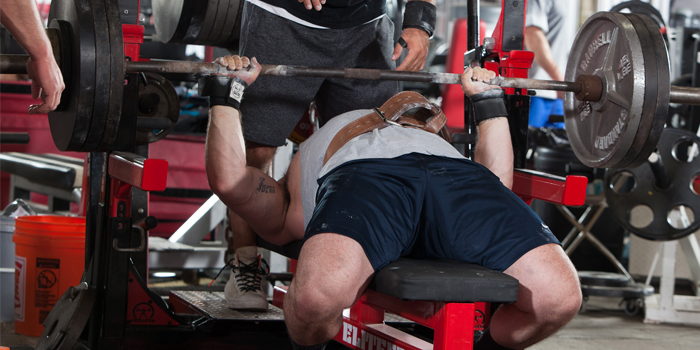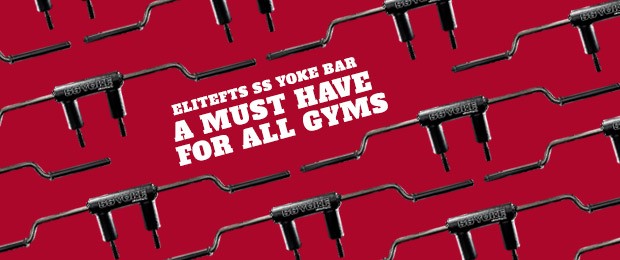
When you’re a beginning lifter, you can make pretty linear progress doing pretty much anything. Especially if you’re eating more food, getting enough volume in, and have a good training environment, you can make progress while still not addressing numerous physical, mental, or technical weaknesses.
As you become an intermediate and advanced lifter (in terms of training age), these weaknesses will catch up to you, and before you know it, you haven’t hit a PR in months. No part of this is unnatural, and as you become more of an advanced lifter, five-pound PRs aren’t easy to come by, and progress takes a lot of time and patience. But some of these plateaus can be overcome with some strategic training approaches.
Different lifters need different approaches to address weaknesses, but in general, I believe some movements benefit most lifters if performed and programmed correctly.
Paused SSB Box Squats
What it Helps
This was a lesson I learned when I was doing a ton of box squats with specialty bars as an equipped lifter. I saw my deadlift skyrocket. And then, when I continued competing raw and worked with raw clients, they equally benefited from this movement.
How to Perform SSB Box Squats
These have to be done correctly to be effective. There are a few different ways you could approach it depending on your deadlift style (sumo, conventional) and your individual weaknesses. I would recommend starting with a parallel box and a shoulder-width stance. This is actually a movement where I think there’s benefit in squatting to the box (having it resemble more of a regular squat) versus a box squat where you sit really far back and keep the shins parallel. The other key is pausing and staying tight for a good one to two count, then exploding upwards and squeezing glutes at the top of the movement. Squatting down and tapping/bouncing off the box will not be as effective as taking a solid pause (which at parallel mimics starting position in the deadlift). SSB Box Squats can build strength in a tough position and explosiveness from that position.
How to Program SSB Box Squats
These are best done in the three to eight rep range, submaximally, for multiple sets. I have historically liked programming these separate from primary squat day (either stand-alone or before deadlifting).
Spoto Press
What it Helps
The Spoto Press will help your bench press. Spoto Presses address several common weak points for lifters. Mentally, it gets the lifter comfortable with being uncomfortable in the pause at their chest. Technically, it helps drill in a controlled bar path close to the chest. Physically, it builds strength at what is a weak point for most lifters.
How to Perform the Spoto Press
The Spoto Press is done like a normal bench press, but instead of going all the way to the chest, you stop about a half-inch off of the chest and pause (I would recommend a one-, two-, or three-count), and then press up explosively. This can be done with a normal or closer grip.
How to Program the Spoto Press
The Spoto Press can be programmed on your secondary upper body day for reps of three to ten, submaximally, and for multiple sets. I’ve found that more sets in a moderate rep range (five to six) works well.
Z Press
What it Helps
The Z Press helps build the Standing Overhead Press. I started doing these when I was training for a strongman competition and found that they helped improve my log press and barbell overhead press dramatically. They also provide some variation from a standard overhead movement.
How to Perform the Z Press
You set the pins of a squat rack at a level that when you’re seated with your legs out in front of you and grab the barbell on the pins, the bar is at chin level (this can also vary). Then you press overhead (making sure to push your head through and get the bar up over your head), lower back down to the pins, and reset (while staying tight), and repeat. This is a great challenge for not only your pressing muscles but your trunk stability. It takes out leg drive as well.
How to Program the Z Press
The Z Press can be done after overhead press or bench, but I prefer this to be a movement on your secondary upper day following other warm-up movements so your shoulders are plenty warm. This can be programmed for reps of three to ten (I would stay towards the higher end), for multiple sets at submaximal weight.











1 Comment